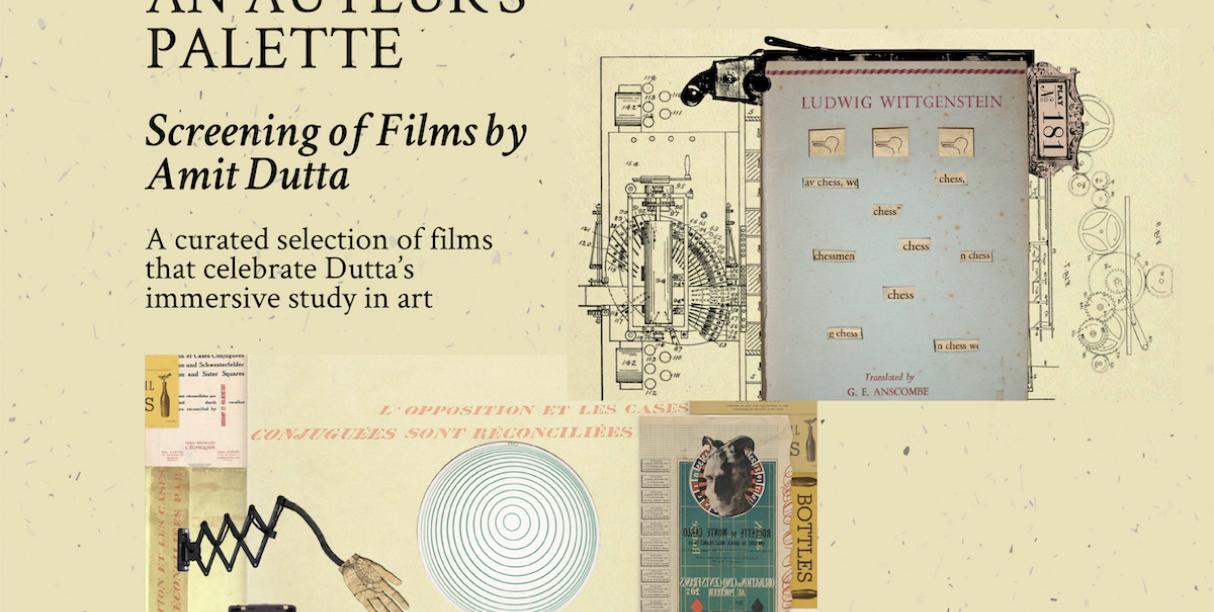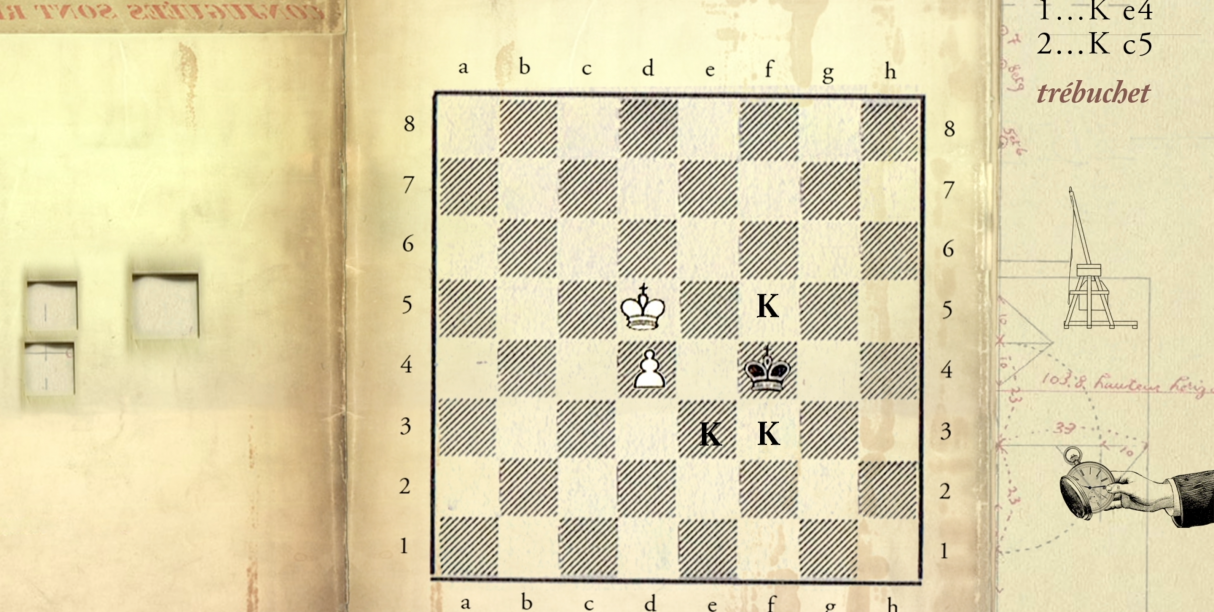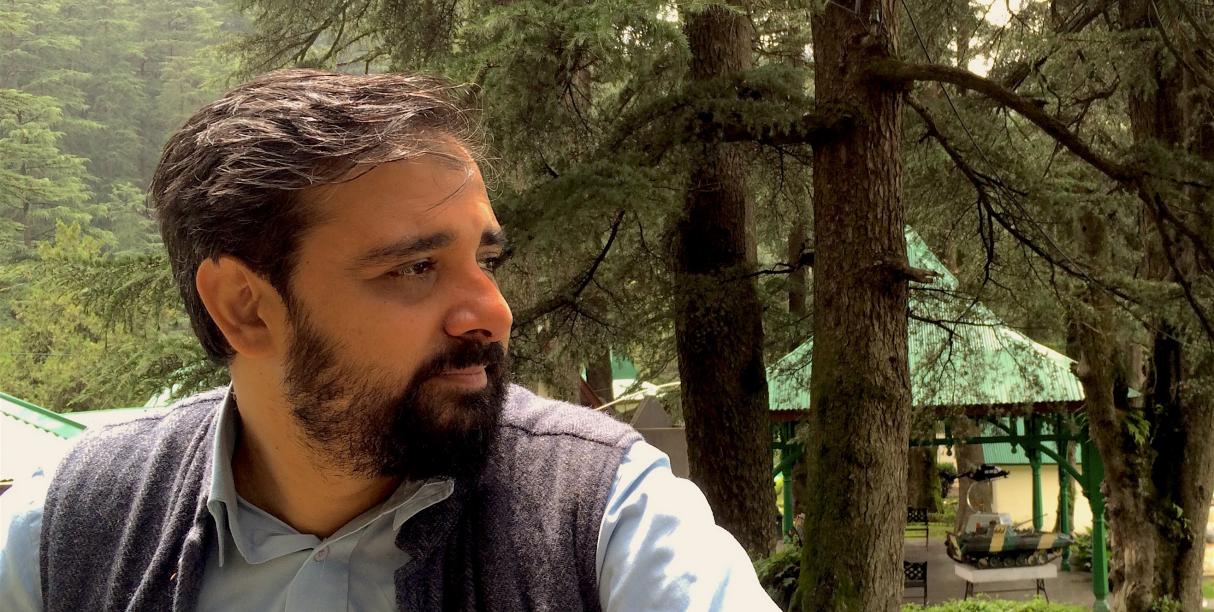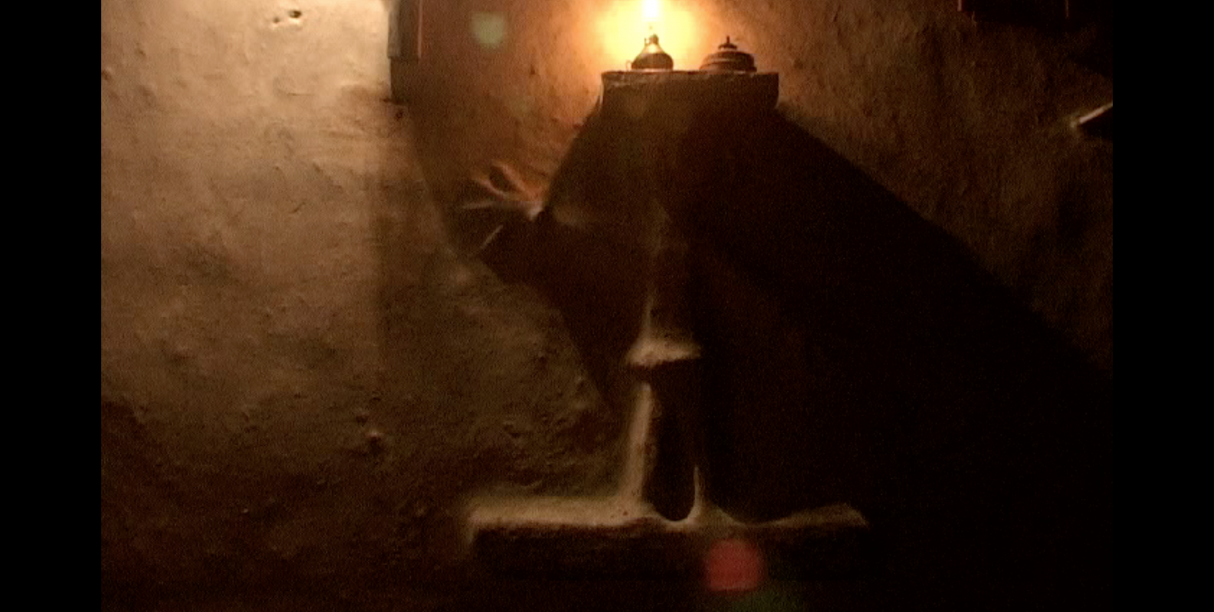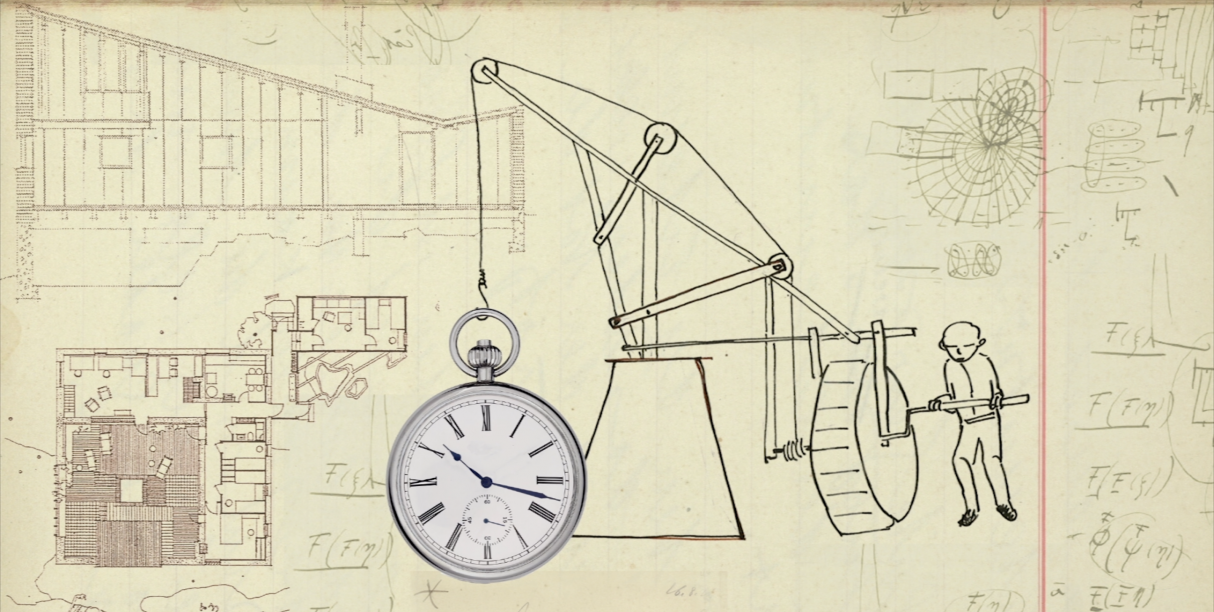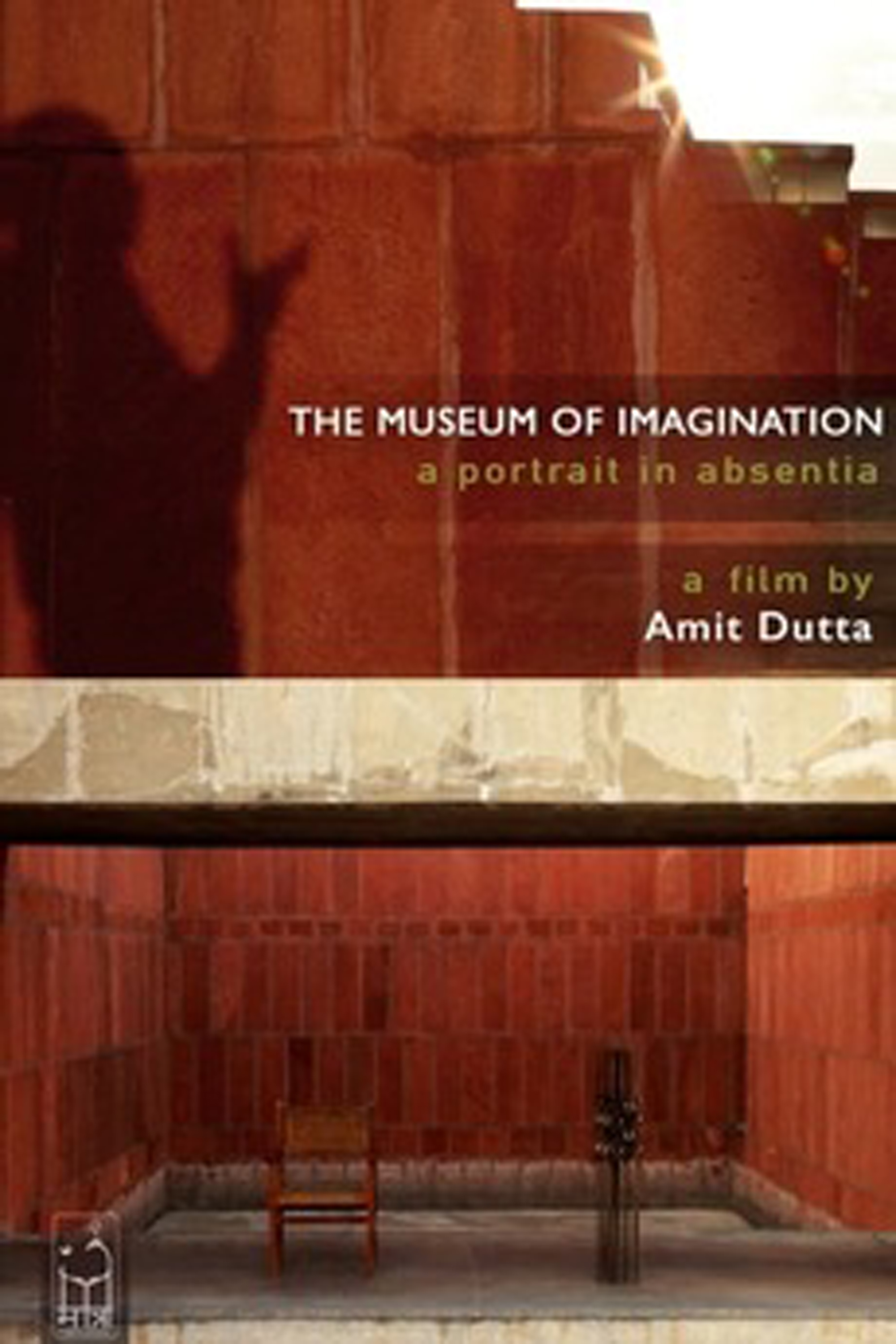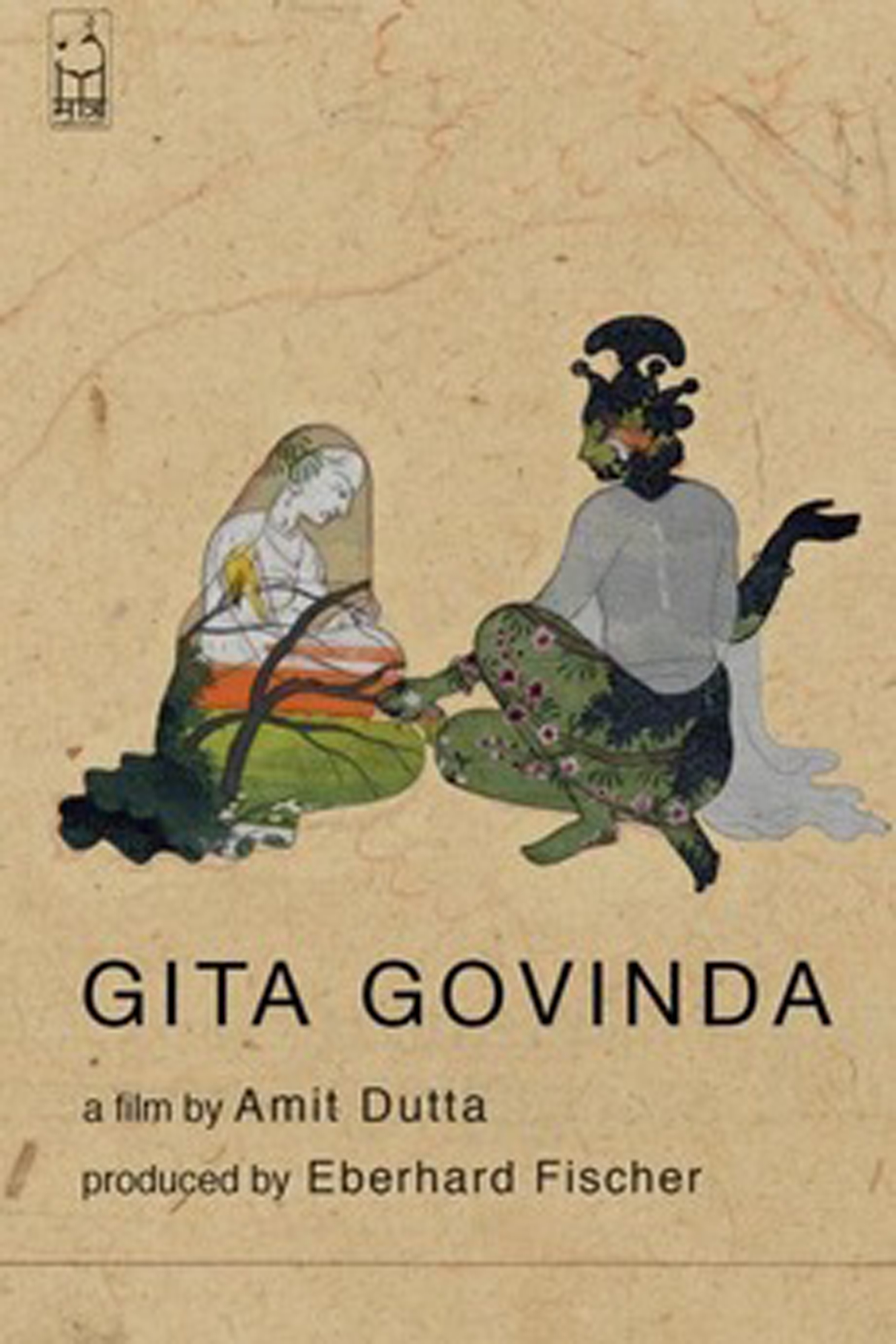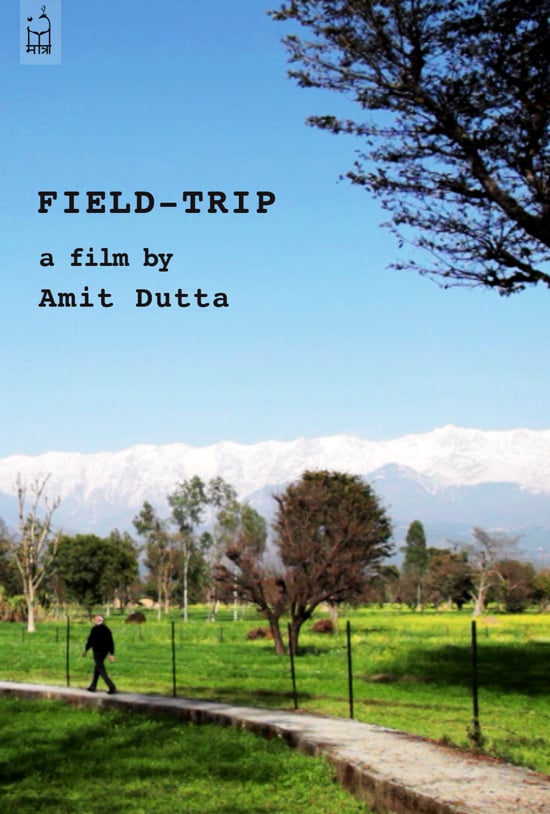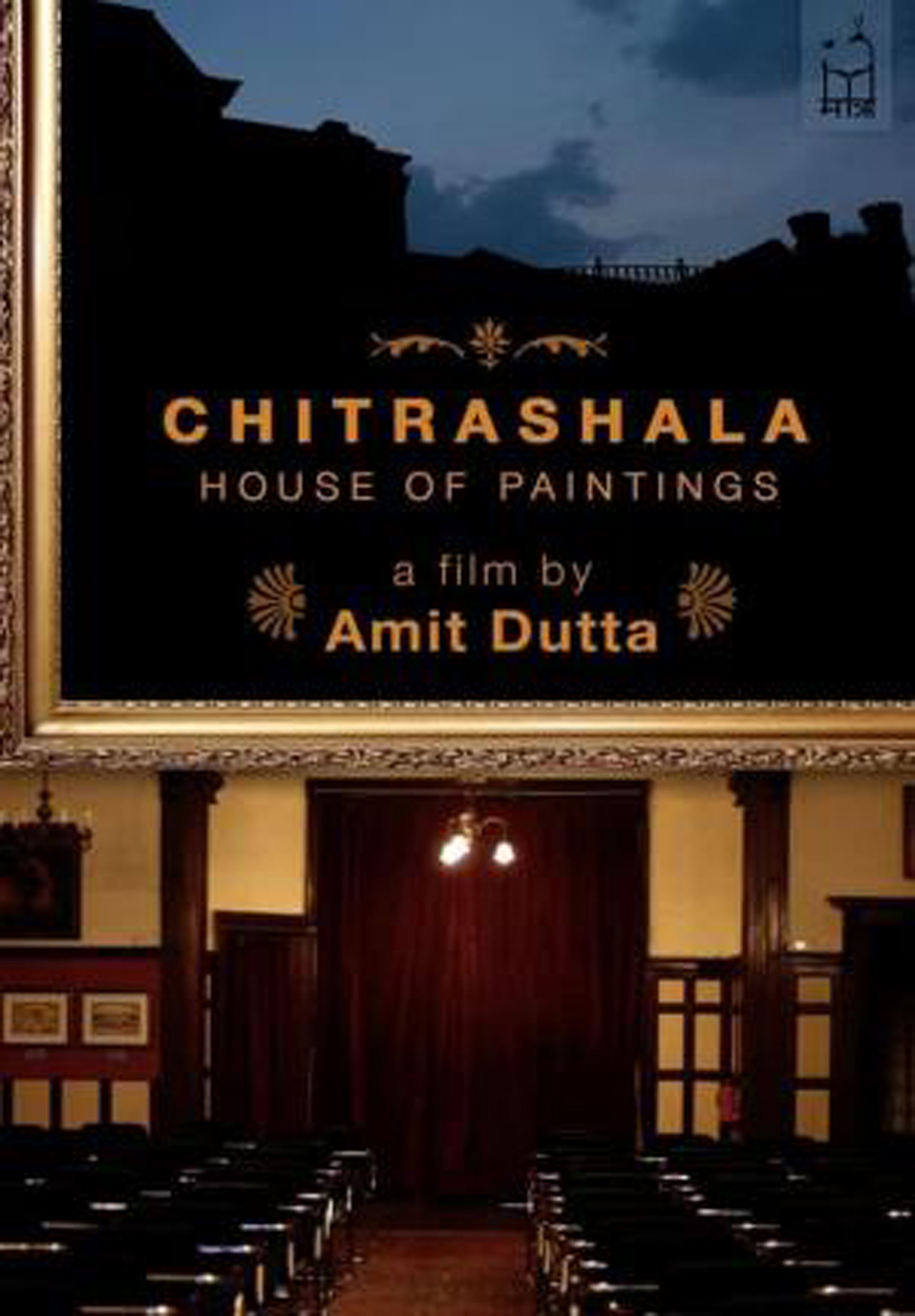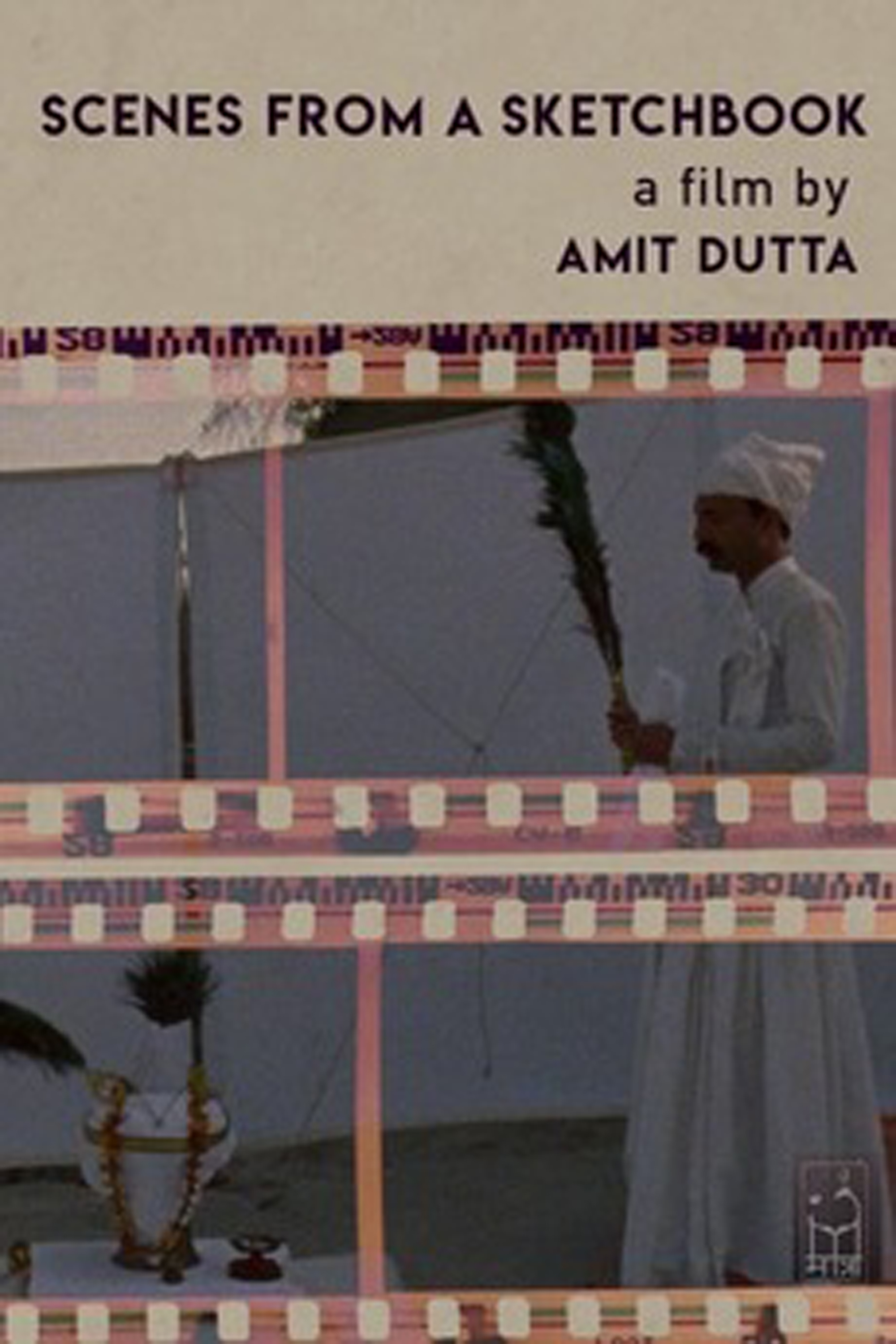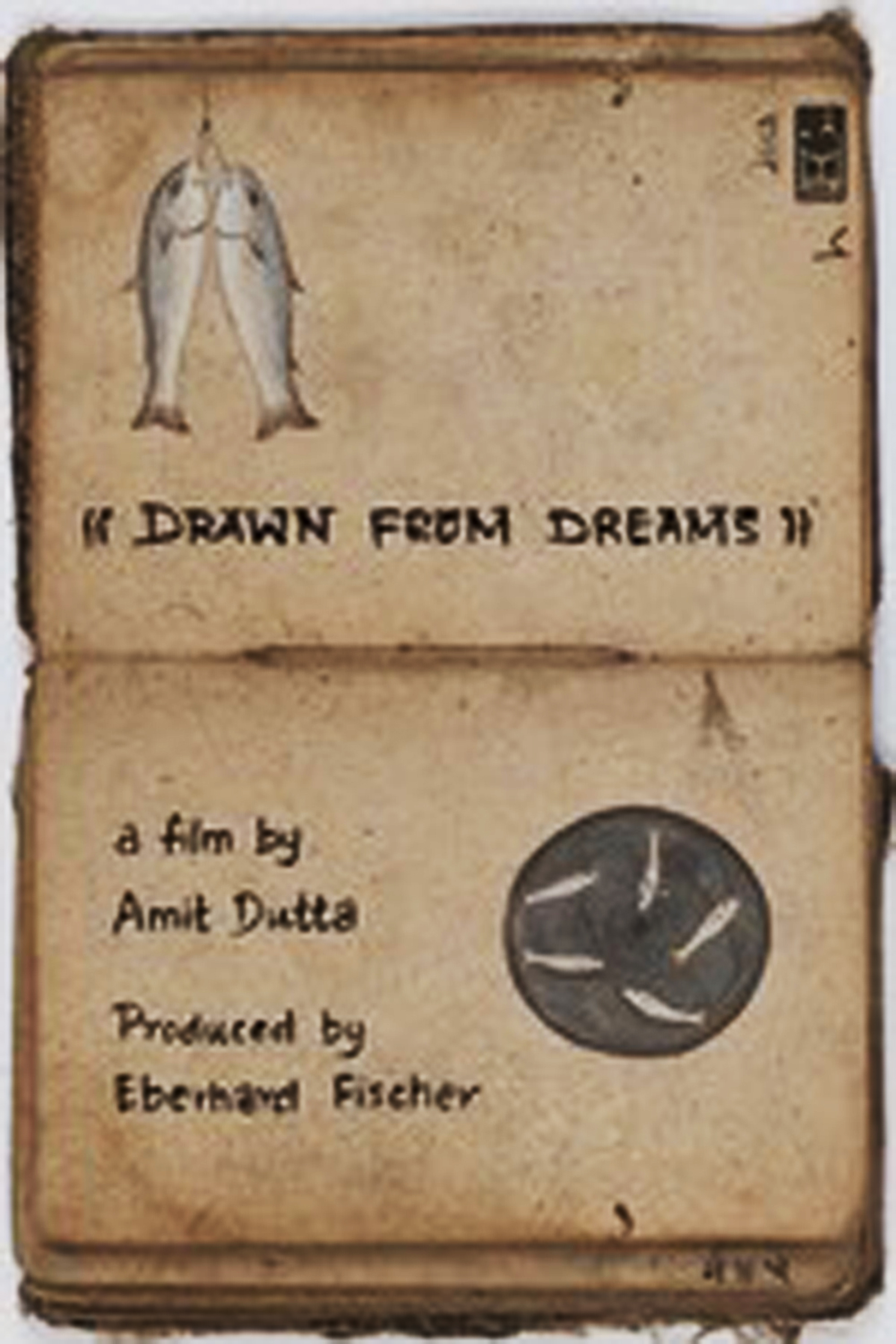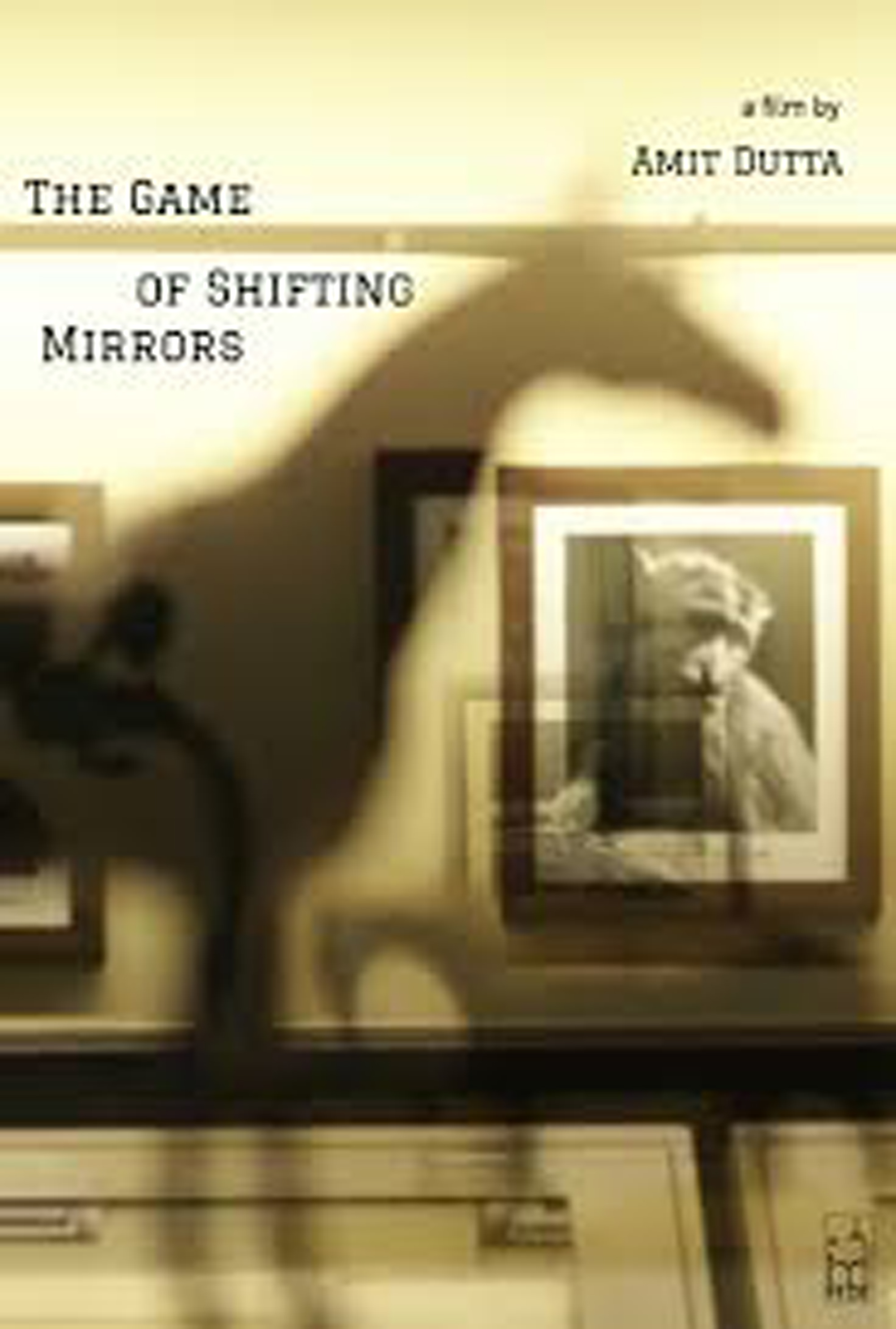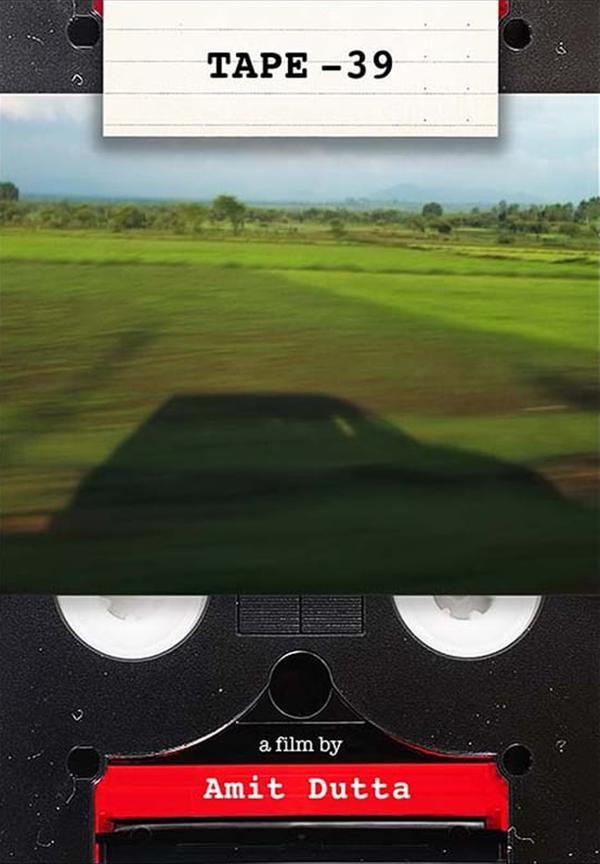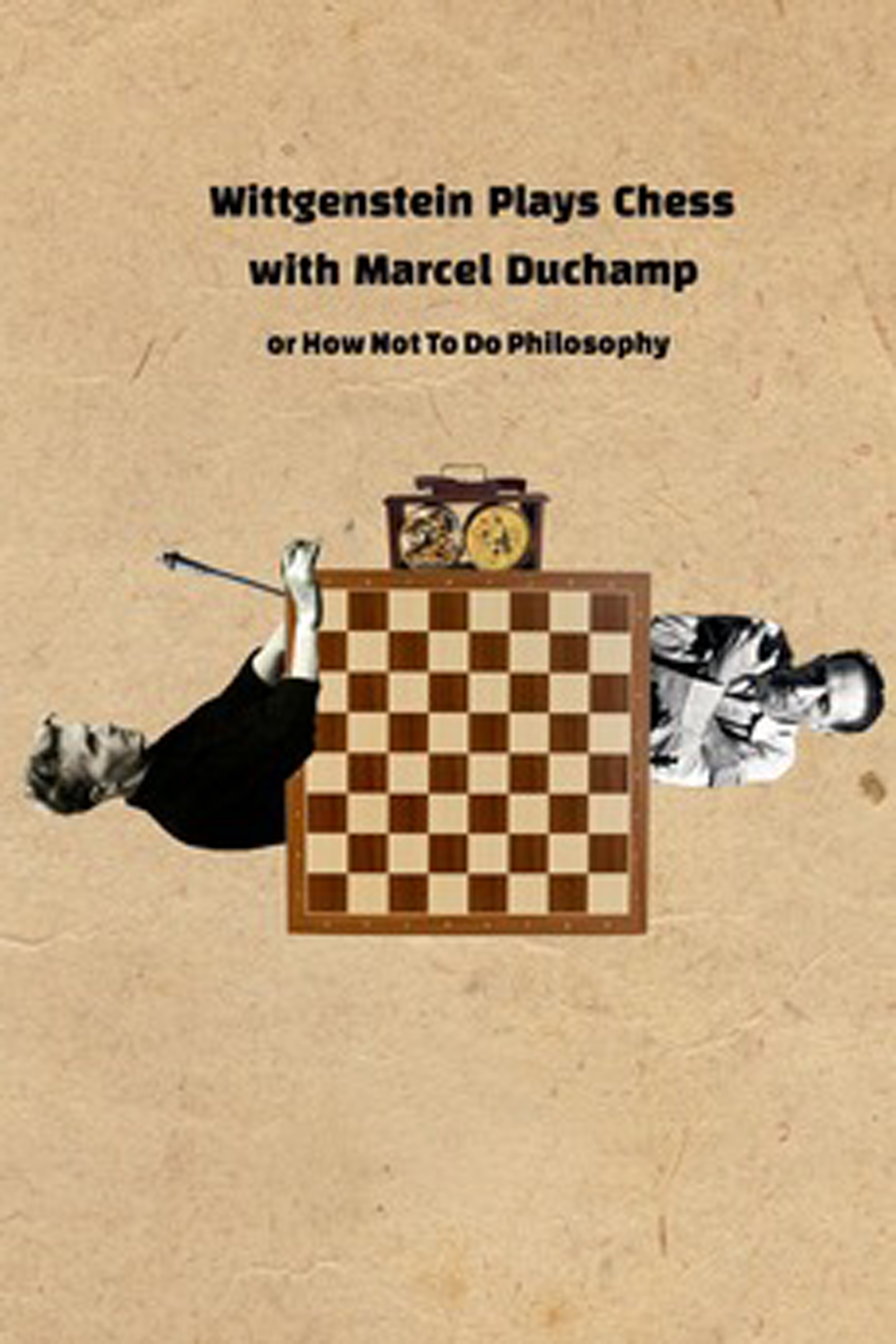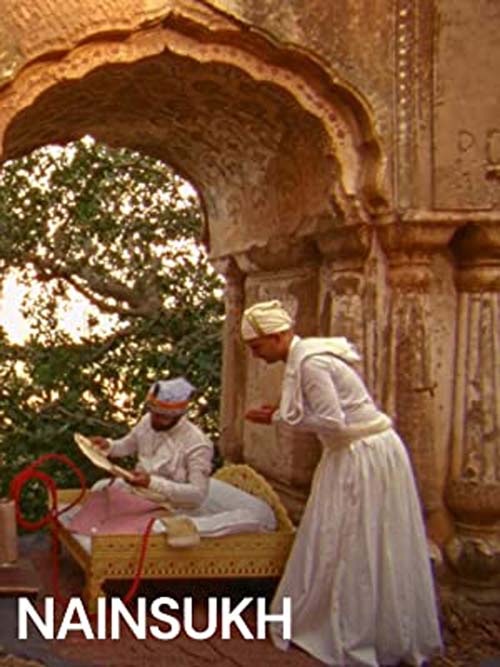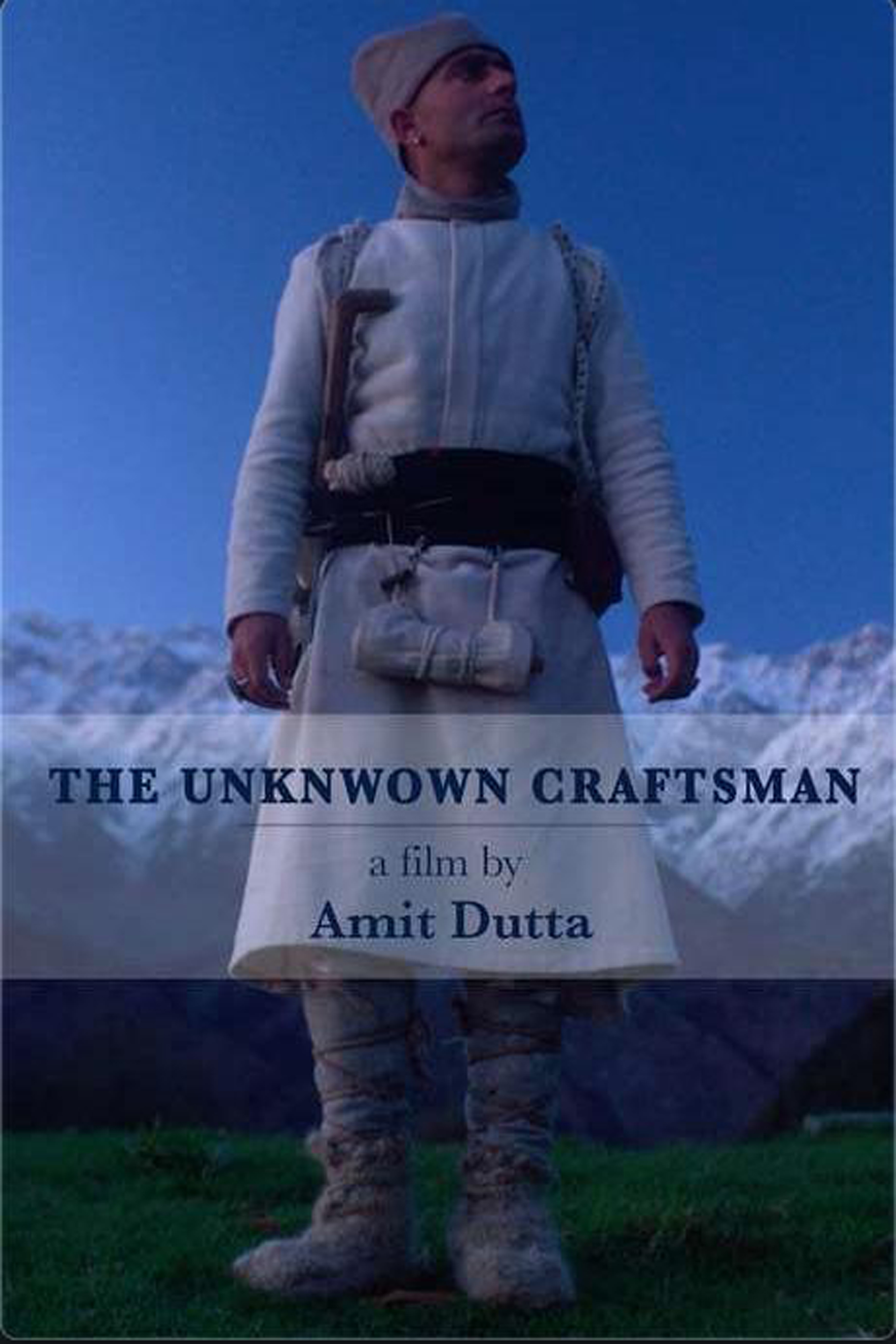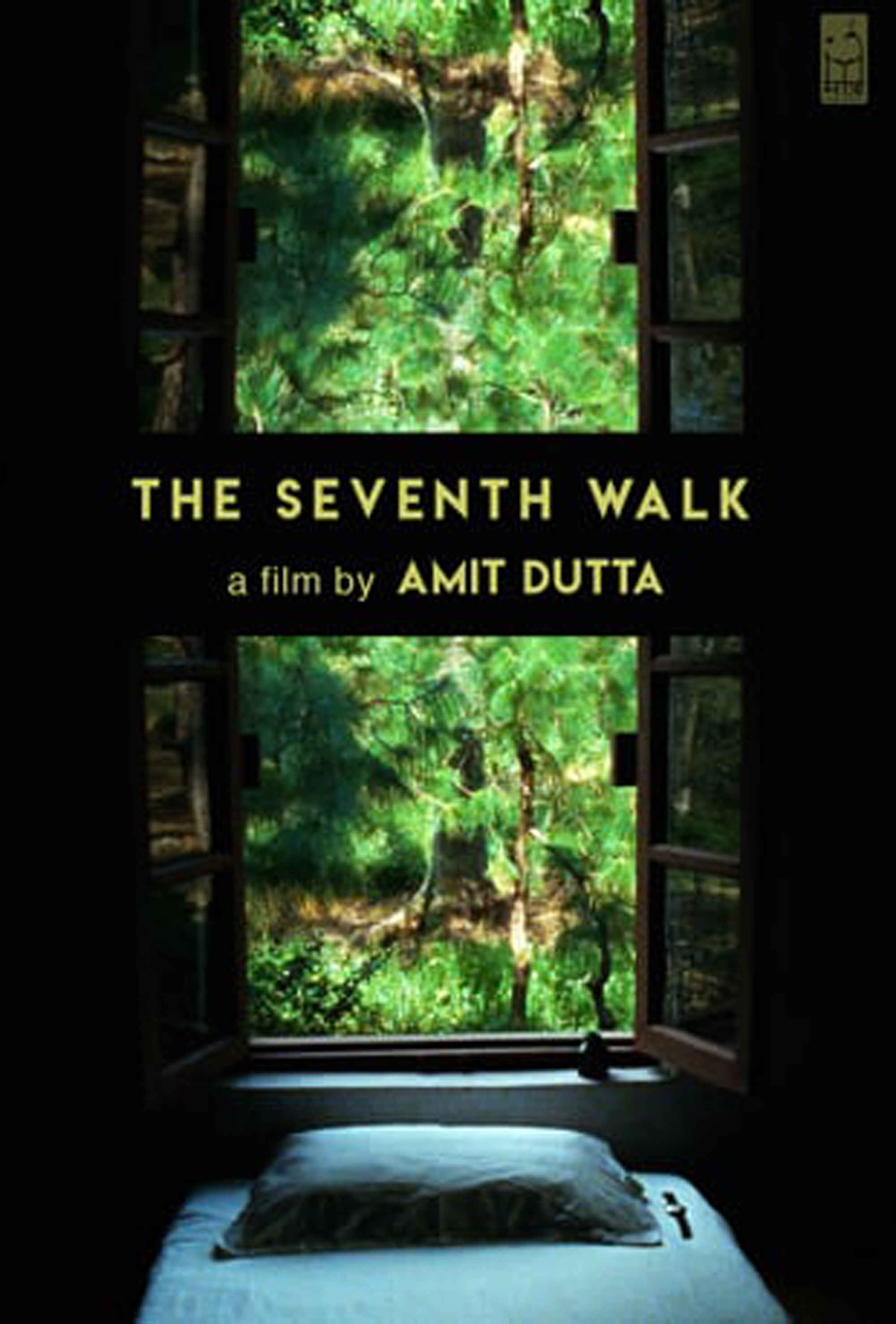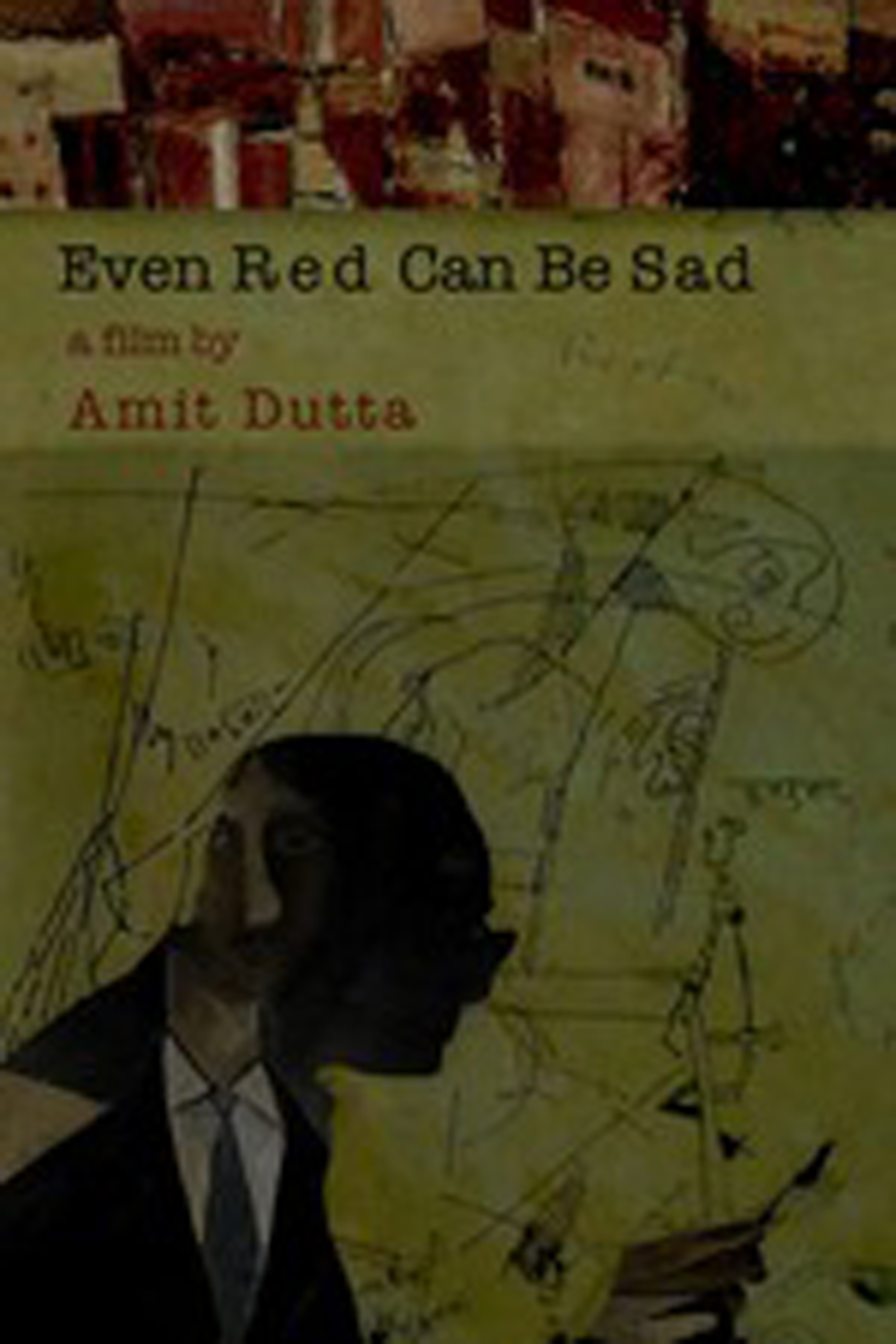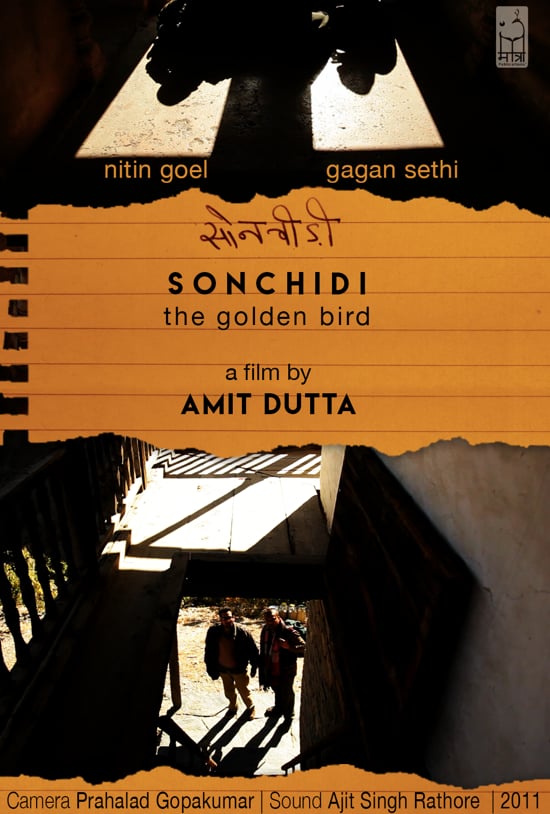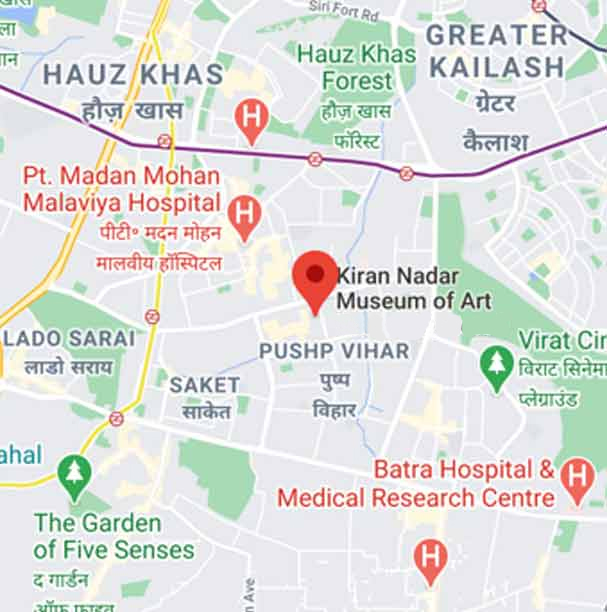- Home
- An Auteur’s Palette - A Festival of Amit Dutta's Films
An Auteur’s Palette - A Festival of Amit Dutta's Films
An Auteur’s Palette - festival of Amit Dutta's films |
20 Feb to 4 Mar 2021 | only available on www.knma.in
Meandering at a restful pace through the vastness of artistic forms and expressions, Amit Dutta’s roving eye cajoles the viewer to accompany him on his search for luminosity. It soon becomes evident that the liminal scatter of light often journeys through space and time, beyond the ‘hashiya’, the margins of a miniature painting’s mise-en-scene into the wider landscapes of Kangra valley, and then sometimes into the privy studios of veteran artists – interspersed with biographical testimonies and anecdotes. Each film by him then becomes like a tavern, a sarai, where you halt and observe the theatrics of characters, lived and imagined of various hues and temperaments. In an arguably auteur-esque manner, Dutta claims the vision of an artiste-genealogist himself, proliferating each frame with his own reflections.
The aural and visual narrative of Dutta weaves together a unique style of research. He documents themes of art historical relevance that may be niche in form but also extremely personal and exploratory in nature. Dutta very subtly excavates the nuances of the subject-matter, artistic work/genre, right from films like ‘Nainsukh’ (2010) to ‘How Not to Do Philosophy’ (2020) - one of his most recent works. It would not be hyperbolic to deem Dutta as a legatee of the acclaimed avant-garde filmmaker Mani Kaul, while pioneering his own distinct grammar in alternative cinema.
Kiran Nadar Museum of Art is proud to present Amit Dutta’s films to its diverse set of audiences through the medium of online screenings. ‘An Auteur’s Palette’ hopes to unfold the complex layers, textures and shades of looking at art and art-making through Dutta’s lens.
Neha Tickoo (festival initiator)
 Amit Dutta (b. 5 Sep 1977) is a filmmaker and writer. He graduated in film direction from the Film & Television Institute of India (FTII), Pune. His films have been screened at various art museums and film festivals. He has written four books, and has taught at the National Institute of Design, Ahmedabad, and the FTII, Pune. He has won several National and International Awards, and held several fellowships and retrospectives including the Tagore Fellowship (2015) at IIAS, Shimla, Honorary Retrospectives at Centre Pompidou - Through the looking Glass, Paris (2015), Berkeley Museum and Pacific Film Archives—University of California, Amit Dutta's Cinematic Museum (2017), Bombay Art Society - Modernism by Other Means, (2017), National Film Archive of India (NFAI), Pune (2018), to name a few. He continues to live and work in India.
Amit Dutta (b. 5 Sep 1977) is a filmmaker and writer. He graduated in film direction from the Film & Television Institute of India (FTII), Pune. His films have been screened at various art museums and film festivals. He has written four books, and has taught at the National Institute of Design, Ahmedabad, and the FTII, Pune. He has won several National and International Awards, and held several fellowships and retrospectives including the Tagore Fellowship (2015) at IIAS, Shimla, Honorary Retrospectives at Centre Pompidou - Through the looking Glass, Paris (2015), Berkeley Museum and Pacific Film Archives—University of California, Amit Dutta's Cinematic Museum (2017), Bombay Art Society - Modernism by Other Means, (2017), National Film Archive of India (NFAI), Pune (2018), to name a few. He continues to live and work in India.
Acknowledgements: MATRA Publications, Indira Gandhi National Centre for Arts (IGNCA), Art1st Publication and Films, & Films Division.
1. Museum of Imagination: A Portrait in Absentia
(Dir.: Amit Dutta, India, 2012, 20 min., English and Hindi with English subtitles)
Synopsis:
Amit Dutta recorded several conversations with Prof. B.N. Goswamy, pre-eminent Indian art historian, covering his entire body of work. Interspersed with his talks were also some silences. This film draws upon some of those moments of silence and weaves them into a web of ideas and images that fill the art-historian’s mindscape.
Note:
Prof. Goswamy is eminent for his ground-breaking work on Pahari art. The director has interwoven architectural and historical spaces that are part of the art-historian's work, life and legacy, from the moss-laden relics of the Kangra Valley to Le Corbusier's Chandigarh.
2. Gita Govinda (Song of Govinda)
(Dir.: Amit Dutta, India/Switzerland, 2013, 34 min., LANGUAGE: No Dialogue with English titles)
Synopsis:
The 18th century Pahari miniatures illustrating the verses of 'Gita Govinda' by the poet Jayadeva, are also loving and intimate portraits of the verdant landscape of the Kangra Valley. Nature becomes an important actor in the painter’s imagination and the director focuses on the alchemy of the 'transformation of nature in art.'
Note:
The Gita Govinda is a Sanskrit epic poem composed by Jayadeva in the 12th century in the region around present-day Bengal or Orissa. The landscape, flora and seasons of the region are intimately evoked in the poem, underlining and accentuating the emotional intensity of the lovers. It is an old ploy of Indian aesthetics where the setting, here nature, becomes the 'determinant' of action. Transposing the drama from the forests of eastern India to the meadows and groves of Western Himalayas, the painters effortlessly play with the essence of love, even after the lapse of four centuries. The director directs the gaze onto the jewel-like surfaces of the paintings, where figure and ground are seamless and every line and colour embody the lucidity of emotion.
3. Field-Trip
(Dir.: Amit Dutta, India, 2013, 23 min., Pahari, English with English subtitles)
Synopsis:
Professor B.N. Goswamy travels back along the path of some forty years’ research on the 18th century Indian master-painter Nainsukh. Field-Trip follows the scholar in the lower western Himalayas as he tracks down contemporary vestiges of Nainsukh’s lineage.
Note:
The discovery of the Pahari Master painter Nainsukh's name by Prof.Goswamy is a pivotal moment in Indian art history. For the first time, the anonymity of the traditional artist has not been taken for granted and the discovery of a single name in a pilgrim's register uncovered a whole world of sophisticated social documentation, now again on the verge of oblivion. The director focuses on the art-historian's methods as the formal evocation of this lost world.
4. Chitrashala (House of Paintings)
(Dir.: Amit Dutta, India, 2015, 19 min., No dialogues, titles in English)
Synopsis:
When a gallery of paintings becomes emptied of its spectators, the curtains raise within the paintings.
Note:
The Amar Mahal Palace Museum in Jammu, India, is the stage for this film. Forty seven paintings made in the Pahari school of master-painter Nainsukh's immediate descendants adorn the palace walls. Based on a 12th century Sanskrit epic poem depicting the love of Nala and Damayanti, this set of paintings were made five centuries later. But their mysteries are still many.
The animation in the film is used to articulate the painter's intention.
5. Scenes from a Sketchbook
(Dir.: Amit Dutta, India, 2016, 20 min., No dialogues, titles in English)
Synopsis:
The film is based on and inspired from the tinted brush drawings, sketches and some finished yet minimalistic works of the 18th century master miniature painter Nainsukh. Even in some of his finished paintings, the artist did not hide his corrections and afore-thoughts, which he allowed to show through a mostly untouched stark page. This film attempts the same.
Note:
Even though separated by two centuries, the director attempts here a conversation with the painter through sheer form. Although paltry few of the works of Master painters like Nainsukh have come down to us, their body of work was prolific. Like for artists of all times, virtuosity and vision must have taken form over a series of attempts and many leaps of imagination, a process celebrated by this film.
6. Drawn from Dreams
(Dir.: Amit Dutta, India/Switzerland, 2019, 7 min. No Dialogues, Sanskrit text of MS, titles in English)
Synopsis:
An eighteenth century notebook from the Western Himalayan Hills has recorded in it dreams as omens. Scenes from the waking memory of the artist seem to have enlivened dreams from a bygone era.
Note:
Coming from the family ateliers of the master painter Nainsukh of Guler, this journal of dreams is interesting not only for its ethnographical documentation but also for the excellent artistic qualities of the illustrations, underlined with sound and rhythm by the director Amit Dutta.
7. The Game of Shifting Mirrors
(Dir.: Amit Dutta, India, 2020, 26 min., Hindi with English subtitles)
Synopsis:
Museums are a complex legacy of a historic wanderlust where many 'times' co-exist in the same 'space'. By just walking a few paces one moves across centuries. The artwork exhibited is removed from its original context. This film juxtaposes the spaces of a 1920's Indo-Saracenic museum building (a typical edifice from the British Raj) with another space where the artworks are still placed where they were meant to be -- the sandstone sculptures eroding with time in an 8th-century monument. It contemplates on the colonial past of India and it's complicated relationship with art and its history, with layers of artistic experiences from the classical, modern, contemporary and tribal.
8. JANGARH FILM - ONE
2008 / DV / Col / 22 mins / Hindi
Jangarh Singh Shyam, of the Pardhan-Gond tribe of Central India, was spotted painting his village walls by modern artist J.Swaminathan and brought to the city art centre to work. His paintings from there became a phenomenal success and brought him much fame and many commissions from abroad. Then one day in 2001, he committed suicide in a museum in Japan.
The film is a metaphysical enquiry into Jangarh's persona, built around his absence. It explores the spaces where he lived and worked, in Patangarh and Bhopal and the immediate memories that people who had known him carry. It touches upon some important historical associations that situates Jangarh in our history, from the anthropologist Verrier Elwin who had once adopted his village, to J.Swaminathan who had 'discovered' Jangarh.
9. Tape 39
(2020), digital video, 16 min.
Jangarh Singh Shyam (1962 - 2001) belonged to the Pardhan-Gond tribe from Patangarh village in Central India. He was discovered in a talent-hunt and brought to Bhopal city to work as an artist. In 2001, at the height of his painting career and fame, he hanged himself from the ceiling of a Japanese museum for Indian folk-art. In 2008, I undertook a journey to investigate his life, art and death. I recorded around hundred hours of video on mini-DV tapes. Revisiting the footage after a decade, I found a recording of my journey from the city of Bhopal where he worked to his home in the village on Tape-39. Retracing Jangarh's journey backwards to his home, this tape evoked his life's journey for me in many ways.
10. Wittgenstein Plays Chess With Duchamp:
Or How Not To Do Philosophy
An animated film, 17 min, 2020, English
Based on an essay of the same name by professor of philosophy Steven Gerrard, the film explores the scope of art, philosophy and abstract ideas through a fictional game of correspondence chess between two legendary chess-playing personages – the philosopher Ludwig Wittgenstein and avant garde artist Marcel Duchamp. Drawing from various visual art and cultural references from the essay the film explores two contrasting modes of perception and inference - of surface and depth - and how useful these modes are in revealing hidden meaning, as well as as pointers for a mode of life. At the heart of this all is a simple chess puzzle, pivoting all the arguments.
11. Nainsukh
(Dir.: Amit Dutta, India/Switzerland, 2010, 75 min., Pahari with English subtitles)
In the middle of the 18th century, an extraordinary master painter from the Himalayan foothills of Guler sets out on a journey to meet his patron in the small hill-state of Jasrota. He finds his match in the eccentric employ of Balwant Singh, the only testimony of which were to remain the painter’s intimately observant portraits of his employer.
12. The Unknown Craftsman (Agyata Shilpi)
(Dir.: Amit Dutta, India, 2017, 90 min., Gaddi, with English subtitles)
Synopsis:
Towards the end of the 8th century, an architect journeys across the mountains of the lower Himalayas in search of the perfect site for carving a temple out of live rock. Is he equal to the task? He faces his own fears and the forces of nature test his learning along the path. With the technical knowledge, he has to crossover to spiritual readiness. When he arrives at the destination, mysterious apprentices assist him in executing the temple. But the work attains perfection midway and the temple remains unfinished.
Note:
In the hills of Lower Himachal, unknown sculptors had turned live rock into a splendid mirror of the snowy Dhauladhar range, standing face to face to it. Scholars date it to the eighth century CE. But nobody knows who built it or why did they leave it unfinished. So it stands, the ‘all-auspicious’ (Sarvatobhadra - the only standing example of the 108th temple type as mentioned in the Vishnudharmottara Purana) abode of divinity, arrested in the meditative state of half-closed eyes, a state between a batting of the eyelids of time, wide open to our imagination. The film bases it’s context on this temple in Masrur, Himachal Pradesh, and explores the architect’s process through various ancient architectural and mystical texts.
13. The Seventh Walk (Saatvin Sair)
(Dir.: Amit Dutta, India, 2013, 70 min., no dialogue, titles in English)
Synopsis:
A painter's journey into the source of his inspiration in the landscape surrounding him and within him.
Note:
Shot on super-16mm film, this is an abstract exploration of the creative process. Starting with 'Nainsukh', his 2010 film on the eponymous 17th century master-painter, Amit Dutta started making a series of films located in the Kangra Valley of the Lower Western Himalayas. This film approaches another shade of the same landscape through the modernist paintings of Paramjit Singh, whose mud home-studio in the hills sets the stage in the film.
The film's musical score is by Rudra Veena maestro Bahauddin Dagar.
14. Even Red Can Be Sad
(Dir.: Amit Dutta, India, 2015, 60 min., Hindi with English subtitles)
Synopsis:
Ram Kumar began his career as a litterateur before he became acclaimed
as a painter. This film explore the various aspects of Ram Kumar’s personality
both as a writer and painter, by structuring the film around his
stories and paintings, traveling between fragments of his past,
present, fiction and imagery. The film strives to etch out the
synthesis of word and image in Ram Kumar’s creations, presenting it as
a portrait of the artist himself.
15. Sonchidi (The Golden Bird)
HD Video, 2011, Duration 55 min
Synopsis:
Two travelers journey in search of a flying-craft that can deliver them from this world to other dimensions of existence, all the while voicing and recording their memories and thoughts.
Note:
Quoting elements from his Hindi novel 'Kaljayi Kambakt', Amit Dutta creates a film structured like a travelogue in the Himalayas, using its grand landscape to mirror the amorphous mindscape of the characters. It is a genre-bending film effortlessly amalgamating pataphysical storytelling with journaling, science fiction and travelogue, hinting a lot at Indic philosophy and soteriology.

